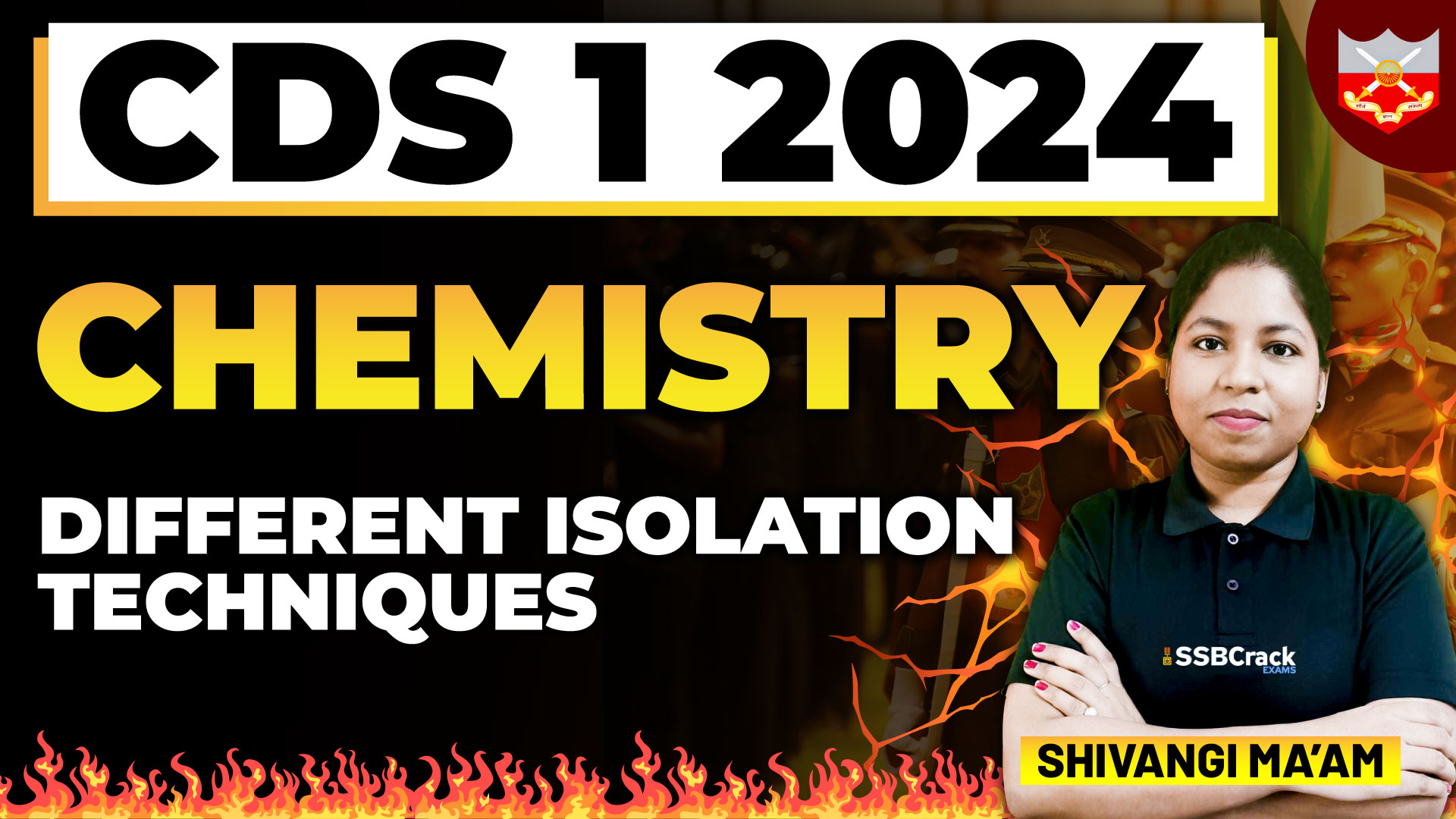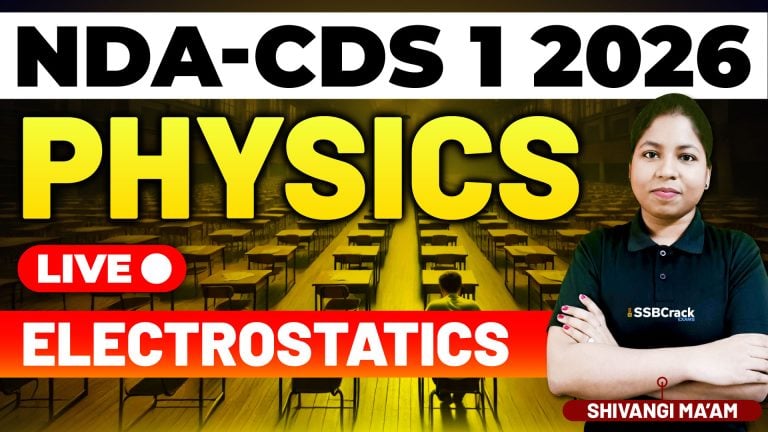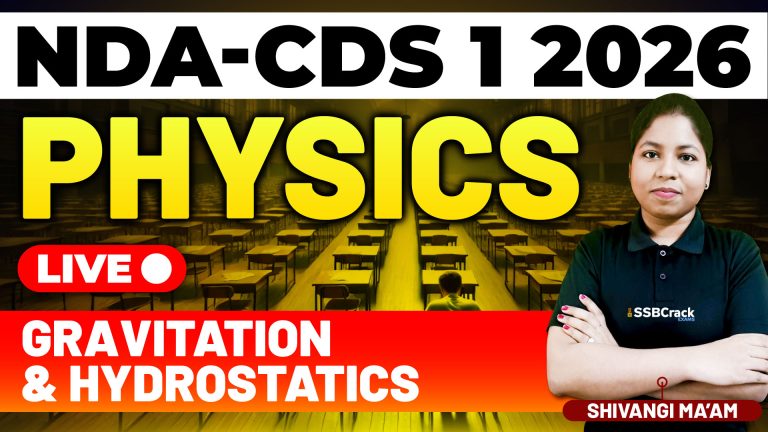Chemistry, the science of matter, is intricately involved in understanding the composition, structure, properties, and changes of matter. One fundamental aspect of chemistry is the isolation of substances, which plays a pivotal role in various fields including pharmaceuticals, materials science, and environmental analysis. The Combined Defense Services (CDS) exam is an esteemed platform where the latest advancements and techniques in chemistry are often discussed. In the CDS 1 2024 Chemistry Lecture, different isolation techniques were elucidated, shedding light on their significance and applications.
- Distillation: Distillation is one of the oldest and most commonly used techniques for isolating and purifying substances. It involves the separation of components in a mixture based on differences in their boiling points. During the lecture, the process of distillation was explained, highlighting its efficiency in separating volatile substances like liquids or components with significantly different boiling points. The lecture likely covered simple distillation, fractional distillation, and vacuum distillation, each tailored to specific applications.
- Extraction: Extraction is another crucial technique discussed in the lecture. It involves the separation of a desired substance from a mixture using a solvent in which the desired compound is soluble, while the impurities remain insoluble. This method is particularly useful for isolating natural products, such as extracting essential oils from plants or isolating bioactive compounds from organic matter. The lecture would have covered various extraction methods, including liquid-liquid extraction, solid-phase extraction, and supercritical fluid extraction, each offering distinct advantages based on the properties of the substances involved.
- Chromatography: Chromatography is a versatile technique employed for separating complex mixtures into individual components. The lecture likely delved into different chromatographic methods such as gas chromatography (GC), liquid chromatography (LC), thin-layer chromatography (TLC), and high-performance liquid chromatography (HPLC). Chromatography relies on the differential partitioning of components between a mobile phase and a stationary phase. It finds extensive applications in analytical chemistry, forensics, pharmaceuticals, and environmental analysis due to its high resolution and sensitivity.
- Crystallization: Crystallization is a technique used to purify substances based on their differences in solubility at different temperatures. The lecture would have elaborated on the process of crystallization, which involves dissolving the compound in a suitable solvent at an elevated temperature and allowing it to slowly cool, leading to the formation of pure crystals. This method is particularly effective for purifying solids and has wide-ranging applications in the pharmaceutical and chemical industries.
- Filtration: Filtration is a fundamental isolation technique used to separate solid particles from a liquid or gas phase. The lecture would have covered various filtration methods, including gravity filtration, vacuum filtration, and membrane filtration. Each method offers unique advantages based on the nature of the substances being separated and the desired purity level. Filtration plays a crucial role in everyday processes such as water purification, air filtration, and the production of pharmaceuticals and beverages.
Conclusion: The CDS 1 2024 Chemistry Lecture provided valuable insights into different isolation techniques in chemistry, emphasizing their significance and applications across various industries. Distillation, extraction, chromatography, crystallization, and filtration are indispensable tools for isolating and purifying substances, enabling advancements in fields ranging from pharmaceuticals to environmental science. By understanding these techniques, chemists can effectively manipulate matter at the molecular level, driving innovation and progress in diverse fields.


















